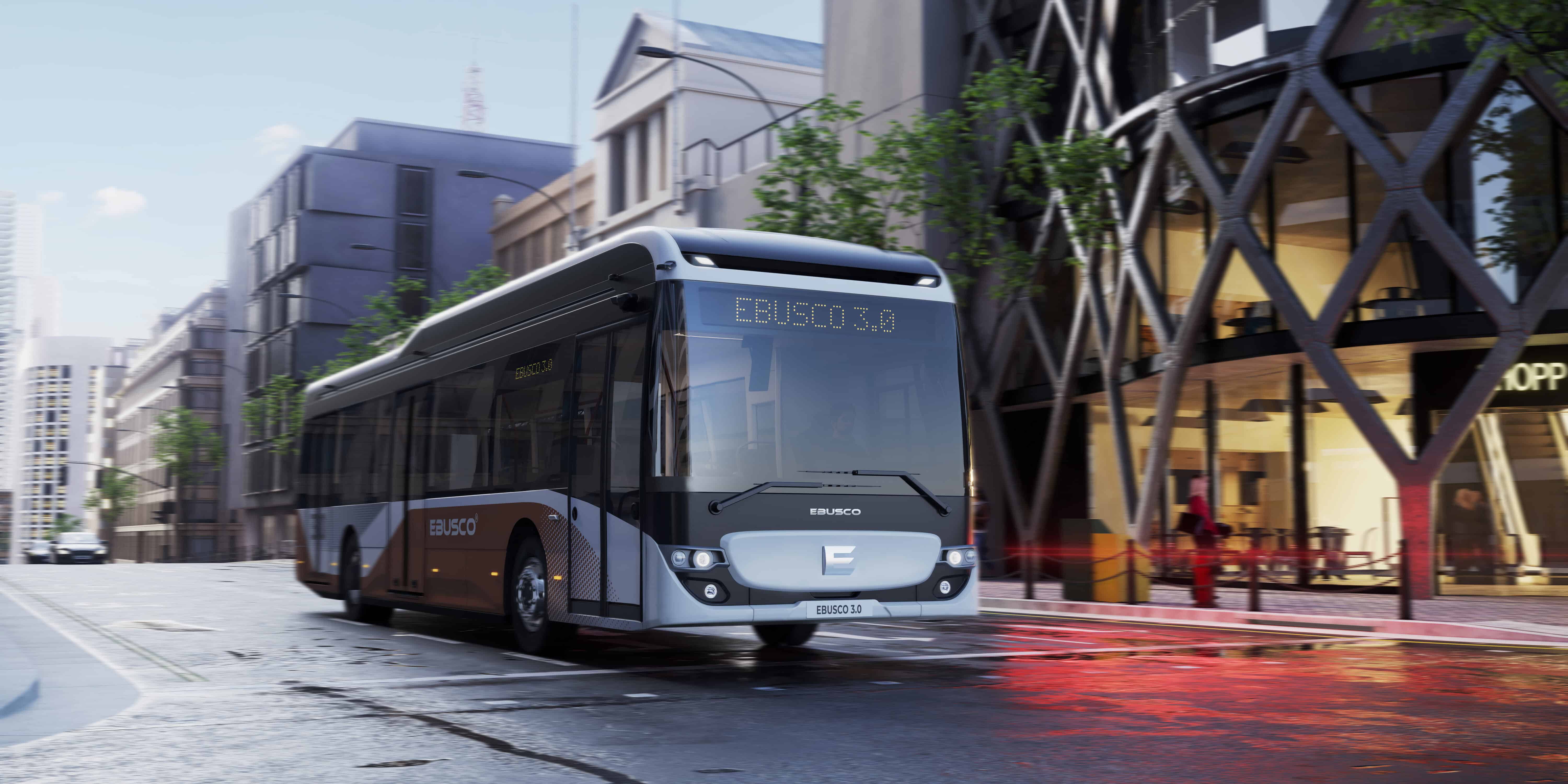
In 2023, electric city bus sales are expected to surpass diesel bus sales in the EU, with the Netherlands leading with a 27% electric bus fleet. The Rabobank (in Dutch) writes in a report. The European Green Deal has accelerated the decarbonisation of the transport sector since 2019, with Luxembourg at the forefront in bus electrification, followed by the Netherlands and Scandinavian countries. Electric buses (BEVs and PHEVs) made up 20.8% of new buses on European roads in 2022. Richer cities with higher GDP per capita have higher electric vehicle adoption rates.
Challenges and obstacles in transitioning from diesel to electric buses
One of the main challenges faced by European cities when transitioning from diesel to electric buses is the need for adequate infrastructure. Charging facilities must be installed along the bus routes to allow for efficient and timely charging. Although buses follow planned routes making charging easier to schedule, cities must ensure there is sufficient power supply to charge the growing electric bus fleets.
Another challenge is the costs associated with implementing electric buses. While electric vehicles generally have lower total ownership costs, they require higher initial investments compared to fossil fuel-powered vehicles. As the GDP per capita increases, it becomes more attractive for cities to make the initial investment in electric buses, further highlighting the link between wealthier cities and higher electric vehicle adoption rates.
European electric bus manufacturers’ contributions and strategies
Traditional bus manufacturers like VDL, EvoBus, and Iveco Bus have expanded their offerings to include electric bus models to cater to the growing demand in the EU. New entrants such as Ebusco and Chinese manufacturer BYD also play a significant role in the market. These manufacturers are contributing to the growth of electric buses in the EU by continuously innovating and adopting strategies to stay competitive in the market.
For instance, manufacturers are focusing on increasing the range of their electric buses, improving battery technology, and reducing charging times. These improvements aim to make electric buses more attractive and practical for cities considering making the switch from diesel-powered buses. Collaboration between manufacturers, city authorities, and transport operators is also essential to ensure a smooth transition and the efficient implementation of electric bus fleets.
The future of electric buses in the EU
As electric bus sales continue to grow, driven by ambitious European Green Deal targets and local city goals, the diesel bus market is expected to decline further. By extrapolating current data, it is predicted that diesel buses could cease to be sold in the EU by 2027, provided the current trend continues. However, a complete collapse of the diesel bus market is unlikely, as there will still be demand for diesel buses in rural areas and regions with less advanced infrastructure, or where local governments lack the ambition to enforce the transition to electrification.
With the rapid growth of electric buses in the EU, it is crucial for manufacturers, city authorities, and transport operators to work together in addressing the challenges and obstacles that come with the transition. By focusing on innovations and strategies that improve the efficiency and practicality of electric buses, the EU is well on its way to achieving a more sustainable and environmentally friendly public transport system.








